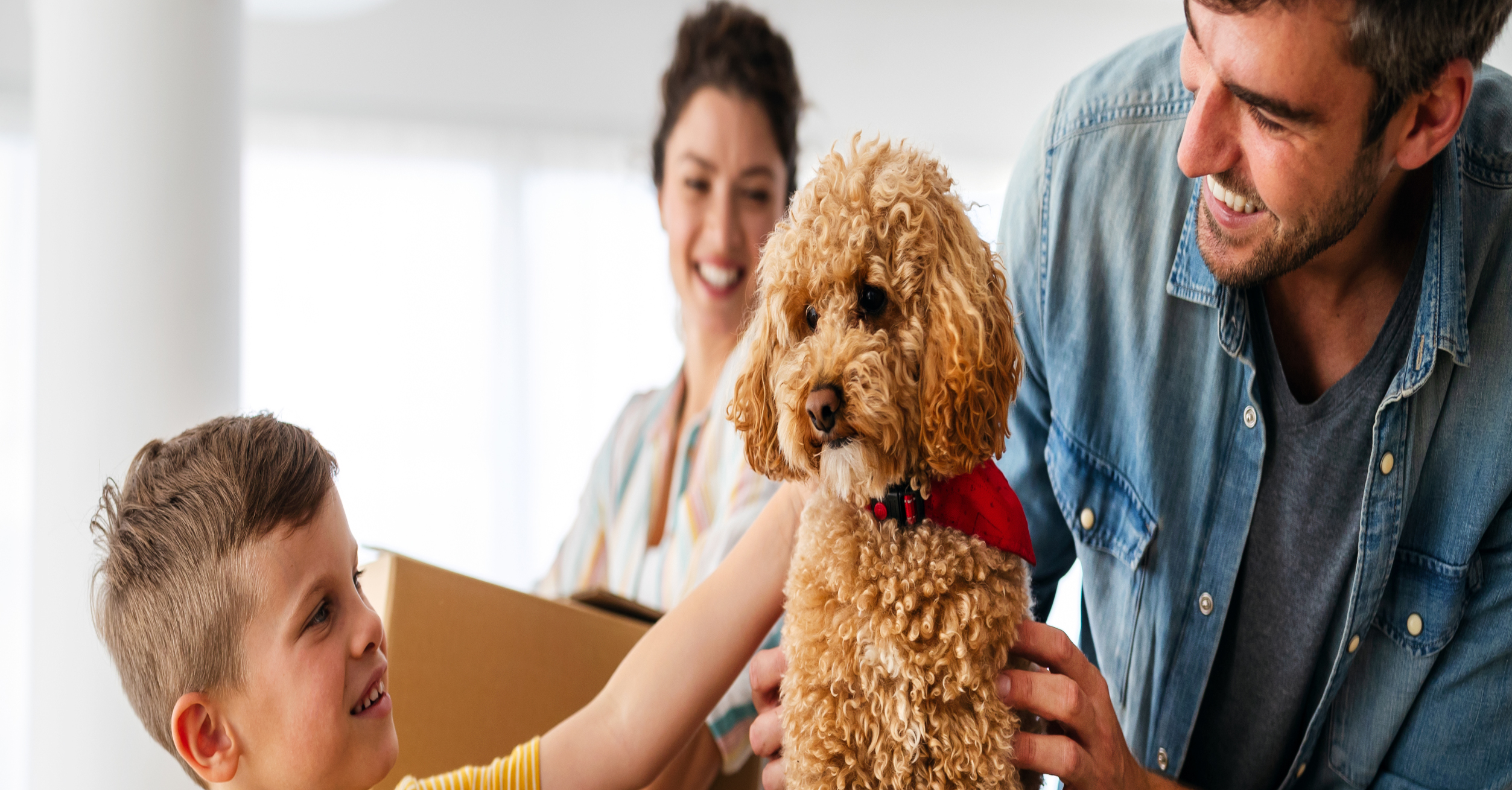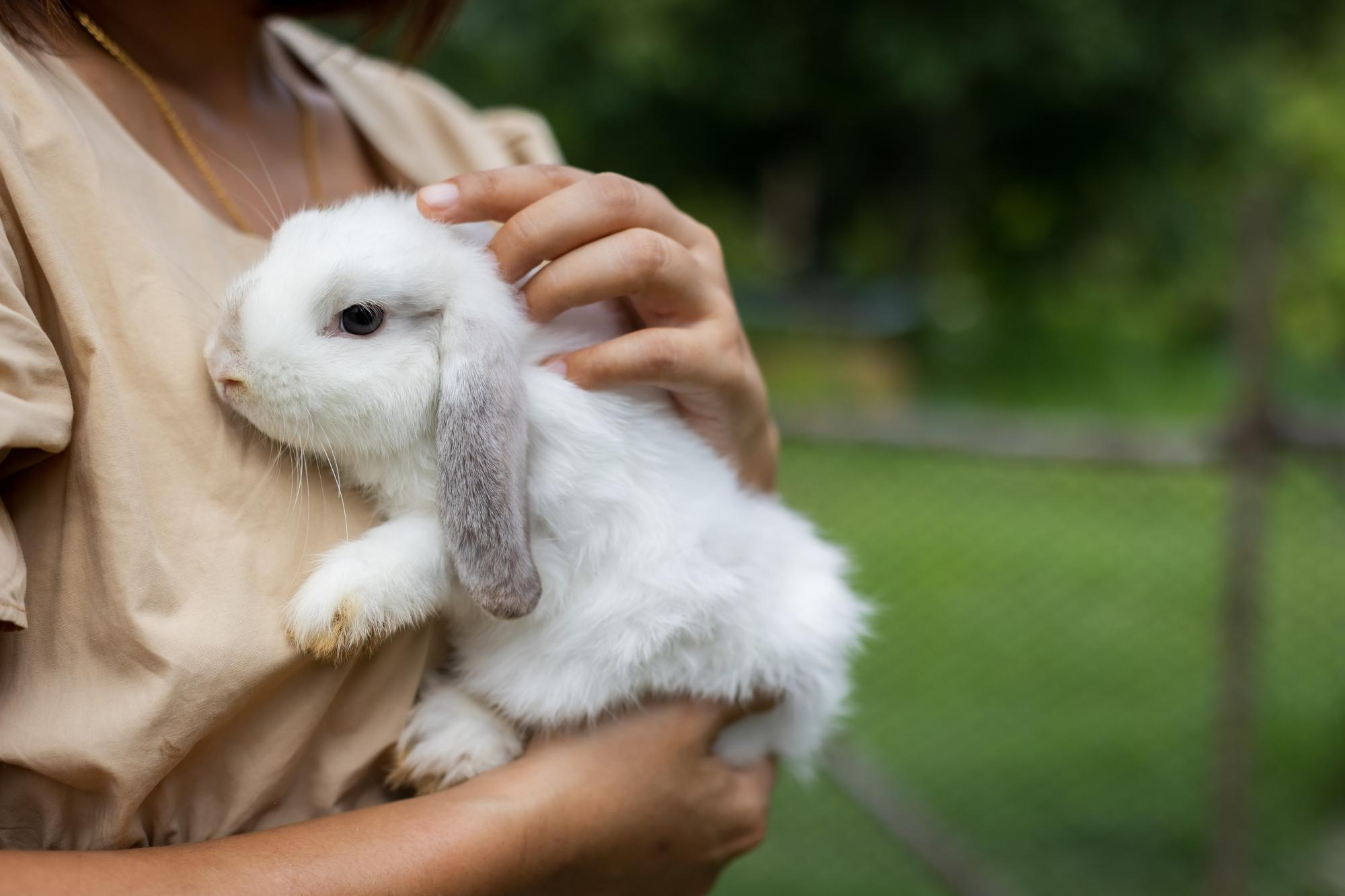Are you thinking about finally adopting a pet? Bringing a new animal home for their first time will become a magical memory—the beginning of a new part of your family’s story. And while this is an amazing moment, it’s also the mark of new responsibility, ensuring you provide the best care for your new pet.
So what are the top things to do and avoid when it comes to adopting a new pet?
First Things First: Adopt Responsibly
Before we begin, it’s important to discuss the ethics of animal adoption. As animal lovers, we urge you to carefully choose where you adopt from. If at all possible, consider rescuing a pet from an animal shelter that’s in need of a home. Always do your due diligence when researching animal adoption.
With that out of the way, let’s look at these dos and don’ts for adopting a pet.
1. DO Get Prepared Ahead of Time
First and foremost, preparation is key when it comes to adopting a pet. If you’re adopting a cat, for instance, you’ll want to be fully stocked, supplied, and prepared before you consider bringing one home. Regardless of what kind of animal you’re looking to adopt, there are some fundamental things to consider, such as:
- Preparing family members (especially children) for the introduction of a pet
- Buying equipment like a kennel, food/water dishes, toys, leashes/harnesses, treats, etc.
- Pet-proofing your home and removing any hazards (reachable cords, hazardous houseplants, etc.)
- Learning about the basics of pet care and understanding the responsibilities of having a pet
The more you prepare ahead of time, the more easily your pet will adjust to their new home. So whatever you do, don’t get ahead of yourself!
2. DON’T Make Hasty Assumptions About a Potential Pet
It can be difficult to make an objective choice about which pet is right for you and your family. The best practice in this case is to not immediately assume that an animal’s behaviour in their shelter kennel will reflect their behaviour in your home. Also, don’t assume anything about an animal based on looks alone. It’s best to take your time when meeting potential adoptive pets, as well as to speak to people who have experience with that individual for their insights.
3. DO Learn About Different Breeds
Some people dream of having a specific breed of their chosen pet. This may be due to looks, temperament, or pragmatic health and grooming reasons. However, it’s important to research as many different kinds of breeds as possible and to ensure you keep an open mind. After all, there may not be a Siberian husky up for adoption, but perhaps there are other breeds available that you’ll end up loving just as much.
4. DON’T Overwhelm Your New Pet
Once you do have your new pet at home, it’s crucial to keep the environment as calm and predictable as possible for the first bit. Avoid having guests or other animals over for a bit, allowing your new pet to get to know the family on its own terms. If you have kids, make sure they understand your pet’s need for peace in the home.
5. DO Be Patient with Your New Pet
Like humans, it can take time for animals to come out of their shells and start feeling confident in their new home. Be patient with this process. Allow them to take each day at their own pace, without forcing them to be social, play, cuddle, or do anything they’re not ready for yet.
During this initial adjustment period, it’s very important for your new pet to have a trusted person as a reliable presence. If you’re not able to be around for any point in the first few weeks, make sure to arrange for another trusted person to look after your pet and help them to feel safe and secure.
6. DO Get in Touch with a Veterinarian Right Away
Getting in contact with a veterinarian is essential in keeping your newly adopted pet as safe and healthy as possible, both in the short and long term. Set up your first appointment in advance so you can take your new pet to the vet right after adopting them. This allows the animal professionals to carefully examine your new companion, checking them for disease, injuries, health conditions, parasites, and any other potential problems.
This first visit will also become a part of your vet’s baseline of knowledge on your pet, ensuring they can provide better care in the future as time goes on. Your vet will also be your number-one resource for pet care advice, grooming tips, recommendations for food, toys, treats, and much more. Together, your vet can help make the transition of adopting a new pet as easy as possible, both for you and your new furry friend.
Creative Commons Attribution: Permission is granted to repost this article in its entirety with credit to Hastings Veterinary Hospital and a clickable link back to this page.






